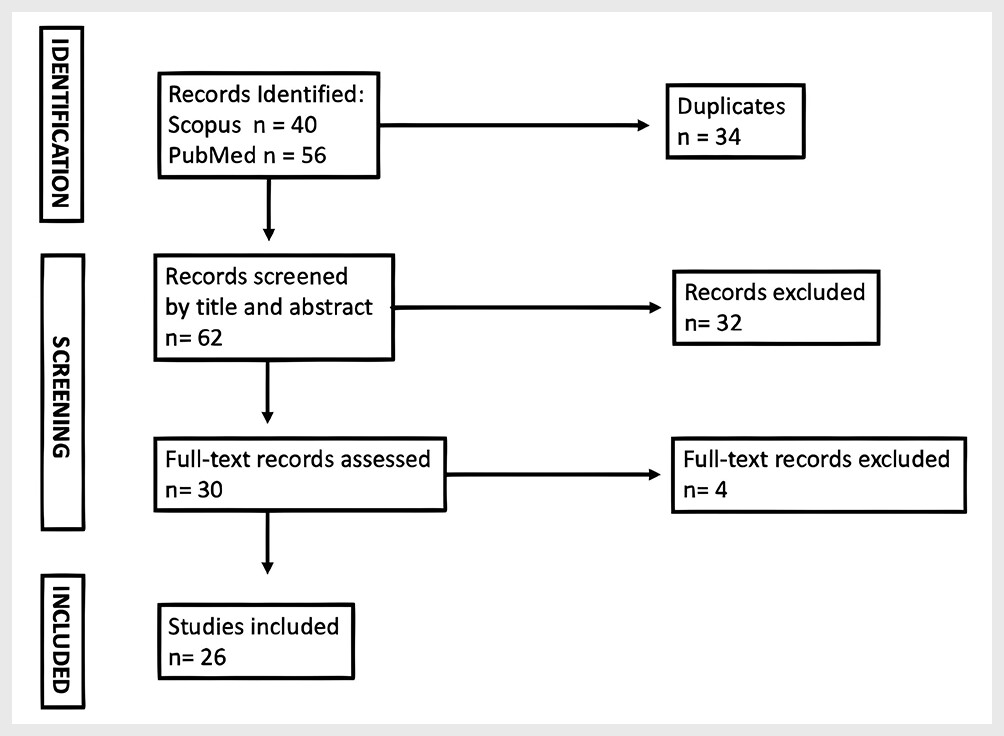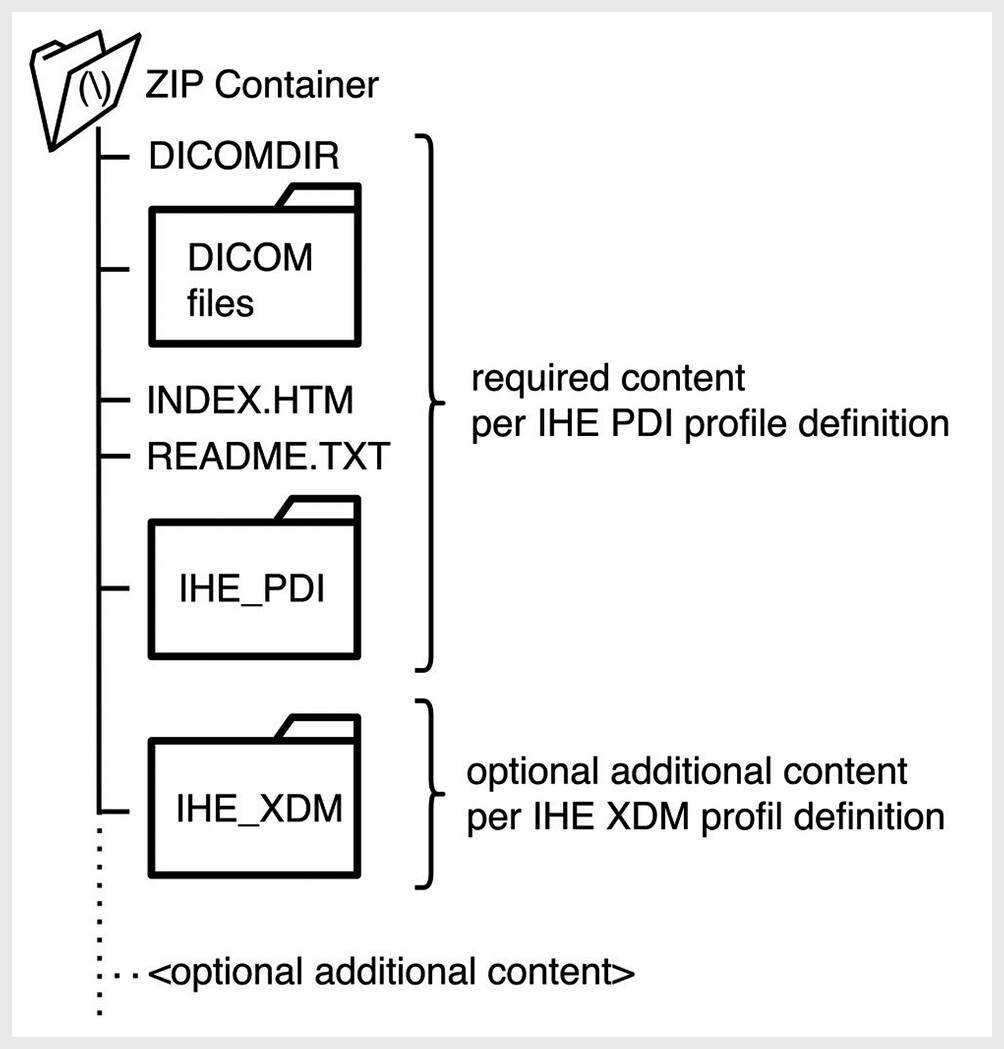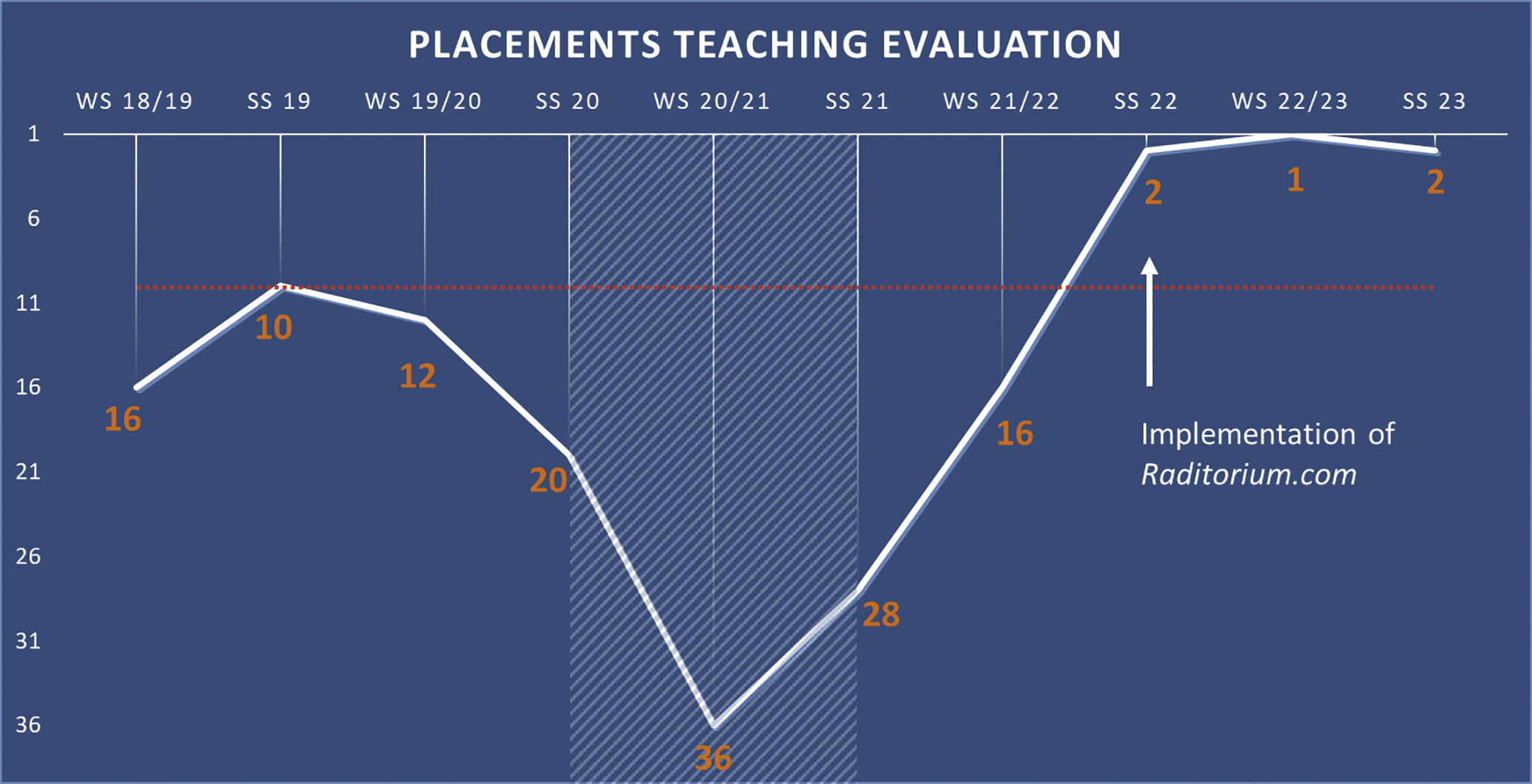Current issue – 11/2025
Phantomless estimation of bone mineral density on computed tomography: a scoping review
Aleena Waqar, Alberto Bazzocchi, Maria Pilar Aparisi Gómez
Osteoporosis is characterized by reduced bone mineral density and structural weakening of bone tissue that leads to a higher risk of fracture. Dual-energy X-ray absorptiometry is the current standard for diagnosing osteoporosis. Computed tomography provides an alternative for diagnosis, but traditional QCT involves the use of phantoms, which does not allow retrospective or opportunistic assessments of BMD. This study aims to provide an overview of the evidence and feasibility for emerging phantomless techniques for the estimation of BMD on CT.
Imported: Cross-Sectoral Image Data Integration – DICOM Link Exchange (DLX) DIN/TS 19455. A Review
Marc Kämmerer, Uwe Engelmann, Rainer Eßeling et al.
The transfer of radiological examination data via physical data media no longer has a future – download links and QR codes are replacing them. Uniform and legally compliant processes must be developed for handling these new media. The German Radiological Society, together with the Professional Association of German Radiologists, has founded the working group "QR Codes/Online Provision of Image Data." The result is DIN/TS 19455 DICOM Link Exchange (DLX).
New standards for hybrid teaching in radiology using the example of Raditorium.com
Agreen Horr, Shoghi Bota, Monika Huhndorf et al.
Due to their constant availability and flexibility, digital media offer a cooperative and communicative learning arrangement for student training. These advantages must be integrated into medical didactics as part of a hybrid teaching concept, and the digital potential must be used to improve preparation and follow-up opportunities, increase the effectiveness of face-to-face courses, and optimize learning success. For this purpose, the online learning platform Raditorium.com was developed. The aim of A. Horr et al. was to demonstrate the learning success of Raditorium.com on the basis of student evaluations.




